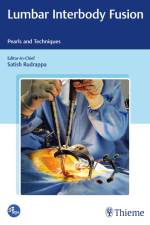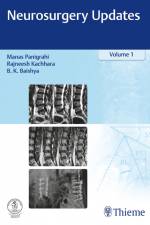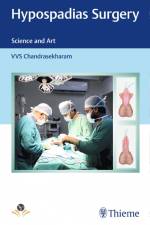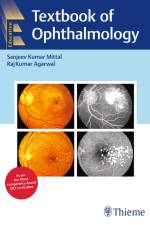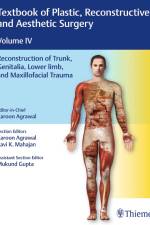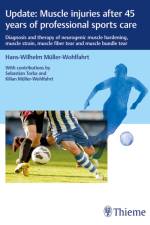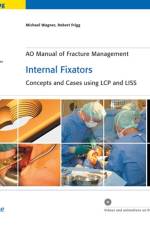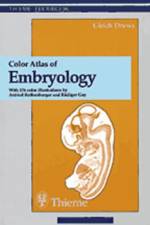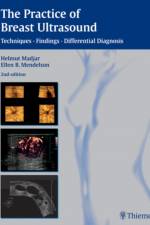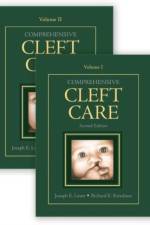av Karoon Agrawal
1 997
Textbook of Plastic, Reconstructive, and Aesthetic Surgery is a comprehensive and illustrated work for students, teachers, and practicing surgeons. It is a six-volume set with the topics of the volumes based on the clinical needs of plastic surgeons in developing countries. Along with latest developments, these volumes incorporate landmark contributions, innovations, and techniques used by Indian clinicians who regularly deal with unique and complicated conditions. While a majority of authors have been chosen from the Indian subcontinent, a few international authors whose work is considered indispensable for understanding the subject have also been included.The six volumes seek to incorporate in one work issues relevant to the developing world as well as insights from national and international plastic surgery practices which highlight newer management techniques along with traditional methods. This makes these volumes a "must-have" resource for students and practitioners of plastic surgery across the globe.This volume on Reconstruction of Trunk, Genitalia, Lower limb, and Maxillofacial Trauma is broadly divided into three sections-trunk and genitalia; lower limb; and maxillofacial trauma. The first section covers the surgical techniques related to the reconstruction of breast, chest abdomen, back, breast anomalies, male and female genitalia, and management of genital deformities, gender dysphoria, and pressure ulcers. The second section covers topics like congenital anomalies, soft tissue and skeletal injury, vascular anomalies, tumors, and rehabilitation of lower limb.The third section covers all the facets of maxillofacial trauma including approach to cases of maxillofacial soft tissue and skeletal injury. The carefully selected team of authors for this volume are highly experienced in their respective fields. Each topic in this volume is a must read for trainees and practicing plastic surgeons across the globe.Salient Features:. Attempt has been made to explain the subject with optimum number of clinical images provided by renowned experts from the respective fields.. Provides historical background of each topic along with recent advances and clinically relevant information.. Untangles the mysteries of decision making in many areas of trunk, genital and lower limb reconstruction.. Adequate emphasis is given to the basic sciences relevant to each chapter.Karoon Agrawal, MS, MCh, is Senior Consultant of Cleft, Hypospadias, and Plastic Surgery at National Heart Institute, New Delhi, India. He was the President of the Association of Plastic Surgeons of India (2016), President of the National Academy of Burns-India (2010), and President of the Indian Society of Cleft Lip Palate and Craniofacial Anomalies (2009). He is currently the Chairperson, Institutional Ethics Committee, National Institute of Pathology, ICMR, New Delhi, India; Member of Board of Studies (Superspeciality), AIIMS, Bhubaneswar, India; and Member of Medical Advisory Board of Smile Train, USA and Smile Train, India. He has more than 150 publications in national and international journals and chapters in edited volumes of repute to his credit.Ravi K. Mahajan, MS, MCh, is Senior Consultant and Head of Department of Plastic, Reconstructive, Microvascular, and Aesthetic Surgery, Amandeep Hospital, Amritsar, Punjab, India. He is the co-ordinator of DNB Plastic Surgery and Project Director, Smile Train at Amandeep Hospital. Dr Mahajan is currently the President of Indian Society of Reconstructive Microsurgery and Indian Society of Hand Surgery. He is the Past President of Society for Wound Care and Research and North Zone Association of Plastic Surgeons of India.

